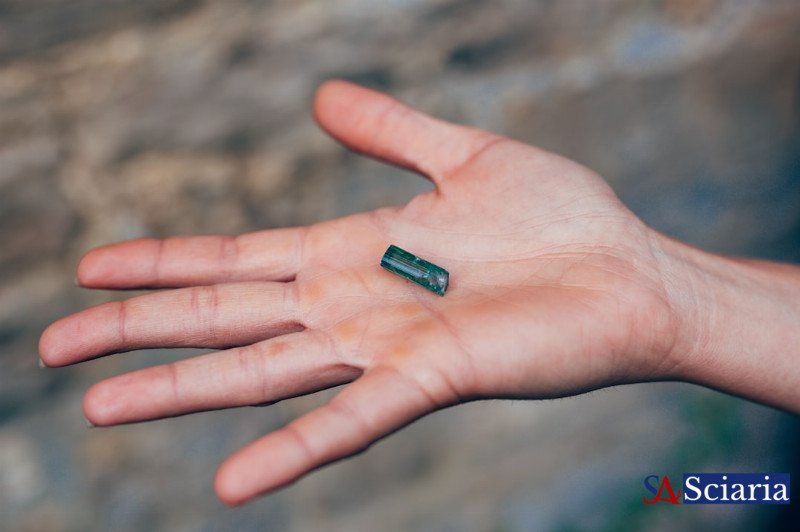Beyond Repair Shops: Unlocking the Power of Self-Healing Materials
- Sciaria
- Materials
- Oct 03, 2025
- 0 Comments

Imagine a world where your phone screen magically mends itself after a drop, where cracks in bridges seal without human intervention, or where your car's paintwork heals minor scratches on its own. Sounds like science fiction, right? Well, this incredible future is rapidly becoming a reality thanks to the groundbreaking field of self-healing materials. These aren't just fantasy; they are a revolutionary class of advanced materials designed to repair damage autonomously, extending their lifespan and drastically reducing the need for maintenance and replacement.
At their core, self-healing materials mimic biological systems, possessing an inherent ability to detect and repair damage. The magic often lies in microscopic capsules embedded within the material. When a crack forms, these capsules rupture, releasing a healing agent that then polymerizes or reacts, effectively 'gluing' the material back together. Other sophisticated methods involve vascular networks that deliver healing agents or reversible bonds that can reform after damage. The implications are profound: enhanced product longevity, significant reductions in waste, lower maintenance costs for critical infrastructure, and increased safety in high-stress applications like aerospace components or medical implants. This innovation promises to reshape industries from construction to consumer electronics.
While still evolving, self-healing materials are already making their way out of the lab. Researchers are developing self-healing polymers for coatings that protect against corrosion and scratches, concrete that repairs its own micro-cracks, and even electronic components that can fix broken circuits. The potential applications are vast and exciting: roads and bridges that autonomously repair wear and tear, extending their lifespan by decades; spacecraft components that can mend themselves in the harsh environment of space; and consumer electronics that are inherently more durable and sustainable. Imagine medical implants that self-repair, ensuring long-term functionality without invasive procedures.
The advent of self-healing materials marks a pivotal moment in materials science, pushing us towards a more sustainable, resilient, and less wasteful future. We are moving beyond the conventional cycle of 'use, break, replace' towards a paradigm of 'use, heal, endure.' As research continues to advance, these smart materials will undoubtedly become an integral part of our daily lives, transforming everything from the infrastructure we rely on to the devices we use, creating a truly self-healing world.
Comments (0)
Rate This Blog
Top Blogs by Rating
The Unspoken Wisdom: Embracing...
By Sciaria
Beyond the Charts: Unlocking S...
By Sciaria
The Immortal Jellyfish: Unlock...
By Sciaria
Favorite Blog
The Geological Secret in Your...
By Sciaria
Andragogy: The Secret to Engag...
By Sciaria
Identical Twins Aren't Identic...
By Sciaria





